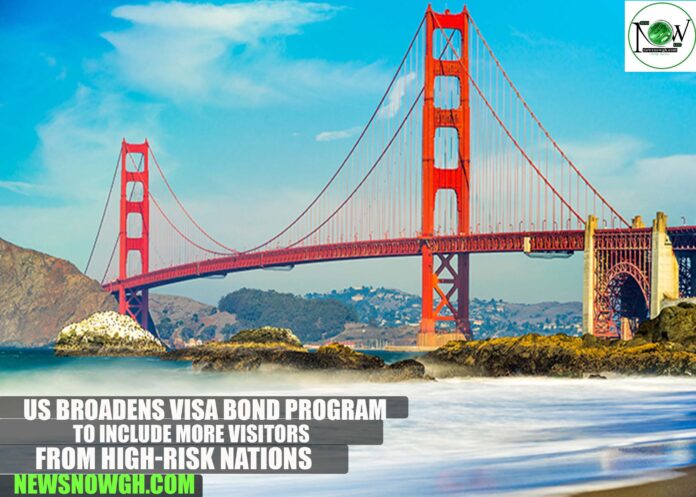US Broadens Visa Bond Program to Include More Visitors from High-Risk Nations
The United States has recently broadened its Visa Bond Pilot Program, targeting travelers from high-risk nations. Starting now, citizens from The Gambia, Malawi, and Zambia must post a refundable bond of 5,000 to 15,000 when applying for B1/B2 visitor visas. This initiative aims to discourage visa overstays and misuse of short-term visitor visas.
Understanding the Visa Bond Program
The Visa Bond Pilot Program is not entirely new; it began on August 20, 2025, and will run until August 5, 2026. It applies to temporary visitors traveling for business or tourism under the B-1/B-2 visa category. In essence, travelers from specific countries are required to deposit a refundable bond before they can receive their US visa. The goal is to ensure that visitors leave the country before their visa expires.
Who Is Affected by the Program?
This new rule specifically targets nationals of countries with high visa overstay rates and limited screening systems. As of October 2025, the countries included in this program are:
- Malawi (added August 20, 2025)
- Zambia (added August 20, 2025)
- The Gambia (added October 11, 2025)
These nations currently represent the only countries under this program.
How the Visa Bond Process Works
If you are from one of these countries and qualify for a B1/B2 visa, a consular officer will determine your bond amount during your visa interview. The bond can be set at $5,000, $10,000, or $15,000. You will need to complete Form I-352 and securely pay the bond amount through the US Treasury’s Pay.gov platform. Additionally, visa holders who post a bond must enter and exit the US through designated airports:
- Boston Logan International Airport (BOS)
- John F. Kennedy International Airport (JFK)
- Washington Dulles International Airport (IAD)
Bond Refund Conditions
The best part is that you will automatically receive your full bond amount back if you adhere to the conditions of your visa. This includes:
- Leaving the US on or before your authorized stay ends.
- Not re-entering the US before your visa expires.
- Being denied entry at the port of entry.
In summary, as long as you do not overstay or misuse your visa, your bond will be refunded.
Consequences of Overstaying
If the Department of Homeland Security suspects a violation, your case may be reviewed by USCIS. You could forfeit your bond if you:
- Stay beyond your permitted duration.
- Do not depart the US after your authorized stay.
- Apply to adjust your immigration status or seek asylum.
Why These Countries Were Selected
The selection of these countries is based on data from the DHS FY 2024 Overstay Report. For instance, The Gambia has a B1/B2 visa overstay rate of 38.79%, while Malawi and Zambia also report significant overstay rates. By contrast, India’s overstayer rate during the same period was only 1.29%, highlighting the disparity.
Implications for Travelers
For travelers from Malawi, Zambia, or The Gambia, this new rule introduces additional costs and paperwork. However, for the US government, it represents a crucial step toward ensuring accountability and minimizing visa overstays. If you plan to visit the US from one of these countries, be sure to consider the bond amount and entry requirements when making your travel arrangements.
In conclusion, while this program may add some complexity for travelers, it serves a vital purpose in maintaining the integrity of the US visa system. Prepare accordingly, and ensure a smooth journey to the United States.
Follow NewsNowGh to stay updated on the latest information regarding work permits, visas, and visa-sponsored employment.


